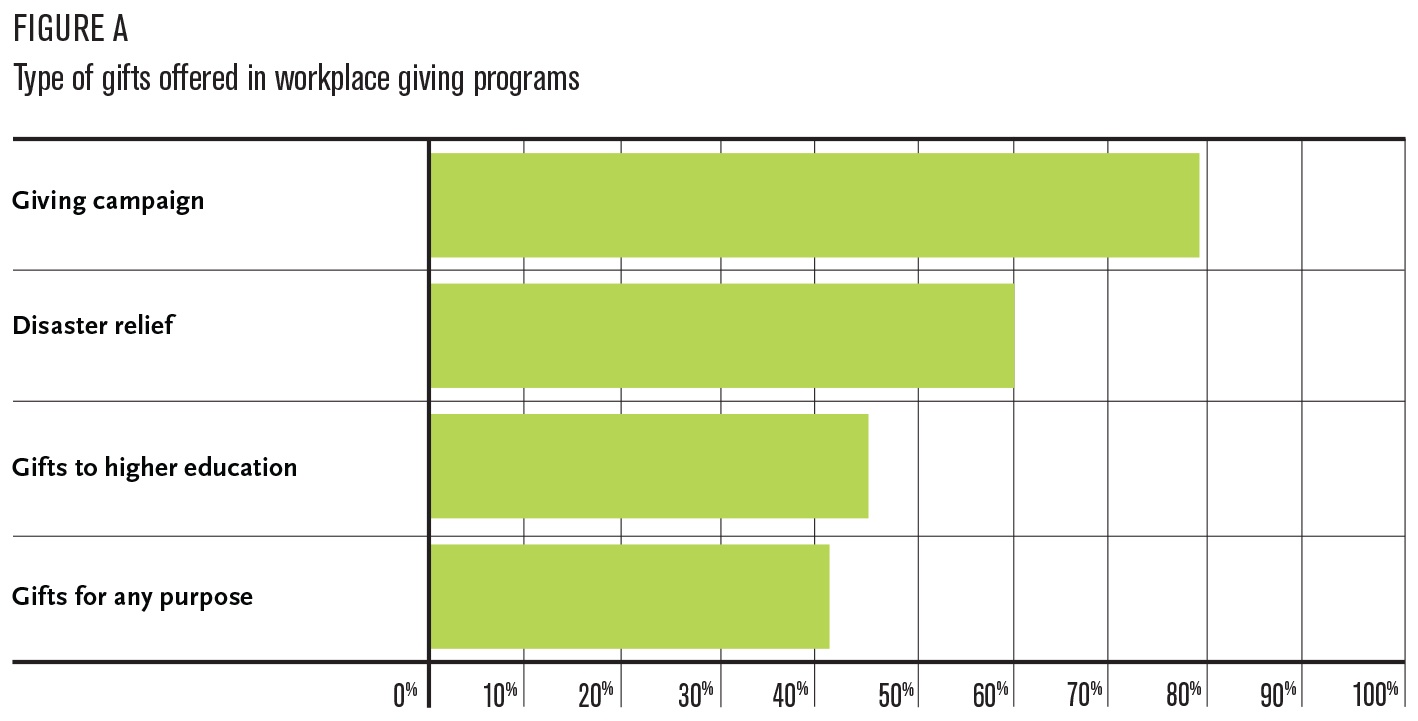Helping communities rebound from a traumatic event or natural disaster requires multi-level and cross-sector effort. There are immediate needs to be met—such as trauma support—and in the case of extreme weather events—food, water, and shelter. To make the most of their disaster relief programs, corporate citizenship professionals must partner internally and externally to make the best possible use of all available resources, from community involvement efforts like corporate giving and volunteering to more operational activities like security, logistics, and supply chain management.
Disasters, no matter what their scale, have economic ramifications in addition to the social and environmental consequences. According to the United Nations Office for Disaster Risk Reduction, wildfires, floods, droughts, and other natural disasters were responsible for more than a trillion dollars in economic damage in 2015 and that number is only expected to increase as climate-related natural disasters become more frequent.
Corporate funders can make a positive impact after disaster strikes, and many already are. According to the Center’s 2015 Community Involvement Study, approximately 60 percent of companies offer disaster relief giving programs (see Figure A). However, employee engagement is lacking. While disaster relief is a giving area frequently requested by employees, and the majority of companies that offer these programs match employee contributions, our study sound that only 8 percent of employees participated in them, signaling a need for increased communication to amplify awareness and engagement.

Investing in engagement not only benefits communities—as employees are often a firm’s most direct link to those affected by a disaster—it also benefits the business. Research has found that involvement in corporate giving efforts increases commitment and dedication to the company, and leads employees to advocate for the organization externally.[i],[ii]
Corporate citizenship professionals must also develop strong relationships with external actors such as governament organziations, nonprofits, and peers. According to research published in Administrative Science Quarterly, firms with a long philanthropic history — and firms with strong networks of local companies — gave at the greatest levels following events and disasters.[iii] These companies are already active in the community and have the connections needed to react quickly. If you are developing a crisis relief strategy for your company, don’t neglect the slow, important work of forging and fostering relationships in local government, the nonprofit community, and with other corporate funders during time of non-crisis, so that when an event does occur you can mobilize swiftly.
Finally, be sure to extend your scope beyond relief to incorporate recovery and preparedness. The United Nations Special Representative for Disaster Risk Reduction, Robert Glasser, warned recently that international disaster risk reduction efforts—such as in infrastructure improvements and early warning systems—are woefully underfunded. Be sure to take into consideration not only community-specific factors, but also those that affect your industry operating context.
Members can check out a webinar on demand to hear Kasey Bergh, director of community affairs at Nestle Purina, and Carrie Bonney, director of public relations at Farmers Insurance examine some of the planning, relief response, and reconstruction efforts currently in place that are helping companies address economic and social conditions following a disaster. Not a member? Learn more about how the Boston College Center for Corporate Citizenship can help you get the most from your programs by calling 617 552 4545 or emailing ccc@bc.edu.
[i] Tilcsik, A., & Marquis, C. (2013). Punctuated generosity: How mega-events and natural disasters affect corporate philanthropy in US communities. Administrative Science Quarterly, 58(1), 111-148.
[ii] Grant, A. M., Dutton, J. E., & Rosso, B. D. (2008). Giving commitment: Employee support programs and the prosocial sensemaking process. Academy of Management Journal, 51(5), 898-918.
[iii] Raub, S. (2016). When Employees Walk The Company Talk: The Importance Of Employee Involvement In Corporate Philanthropy. Human Resource Management.